Home>Gardening & Outdoor>Landscaping Ideas>What Does Grass-Finished Beef Mean
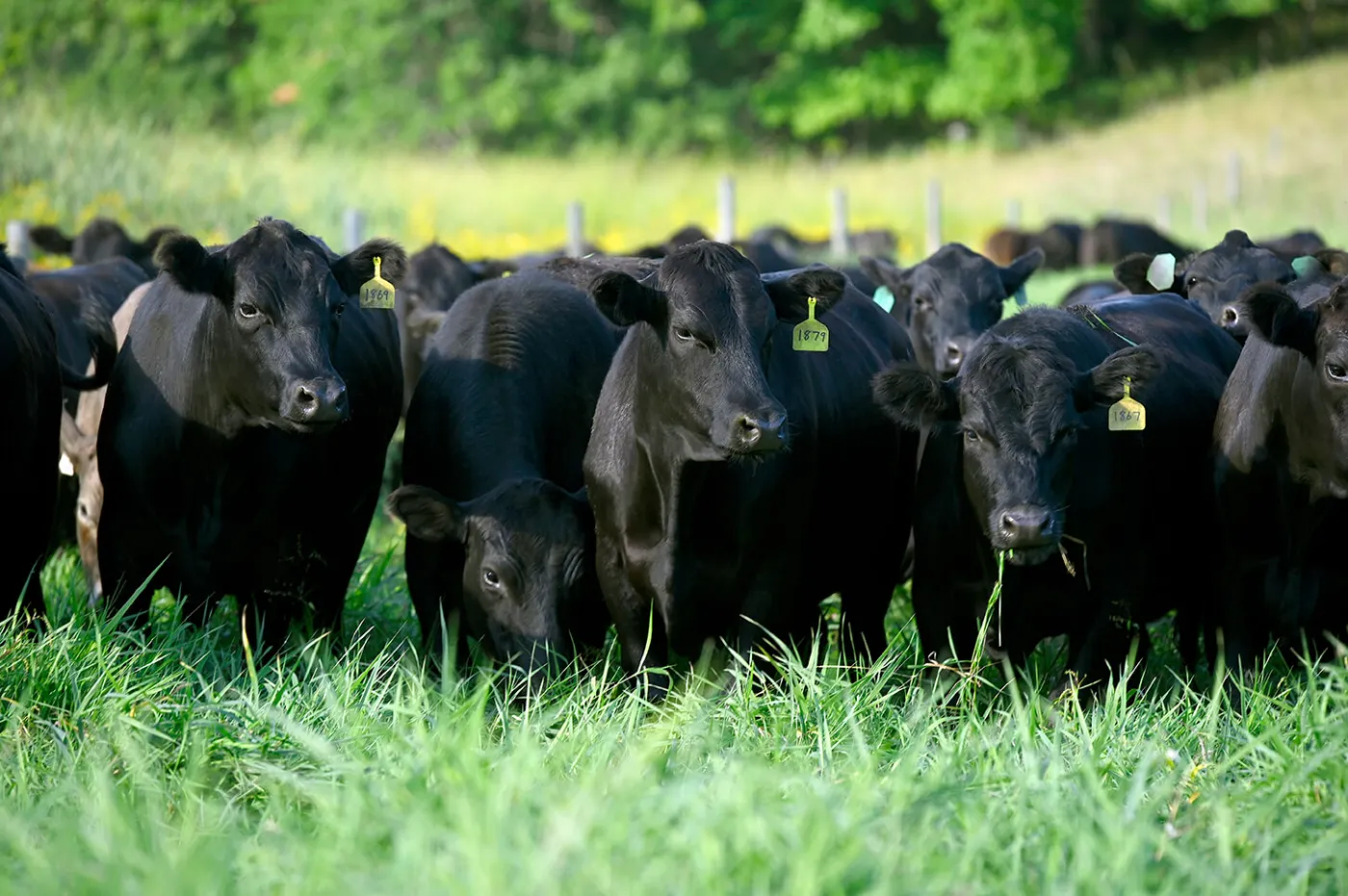

Landscaping Ideas
What Does Grass-Finished Beef Mean
Modified: February 18, 2024
Discover the true meaning of grass-finished beef and its impact on sustainable landscaping. Learn about the benefits and how it can enhance your landscaping ideas.
(Many of the links in this article redirect to a specific reviewed product. Your purchase of these products through affiliate links helps to generate commission for Storables.com, at no extra cost. Learn more)
Introduction
When it comes to beef, the term "grass-finished" has been gaining attention in recent years. This designation has sparked curiosity and raised questions about what it actually means. In a world where food labels can often be confusing, understanding the significance of "grass-finished beef" is crucial for consumers who are mindful of their dietary choices and the environmental impact of their food consumption.
Grass-finished beef represents a departure from the conventional methods of raising cattle for meat production. It is not just a label; rather, it signifies a distinct approach to farming and a commitment to certain principles that resonate with health-conscious individuals and environmentally aware consumers. By delving into the essence of grass-finished beef, we can unravel its nutritional benefits, environmental implications, and how to discern it from other types of beef. Let's embark on a journey to explore the realm of grass-finished beef and gain a deeper understanding of its significance in the realm of sustainable and wholesome food choices.
Key Takeaways:
- Grass-finished beef comes from cattle that eat only grass, resulting in leaner, more flavorful meat with higher levels of beneficial nutrients like omega-3 fatty acids and antioxidants, making it a healthy choice for consumers.
- Choosing grass-finished beef supports sustainable farming practices, promotes biodiversity, and reduces carbon emissions, making it an environmentally conscious choice that benefits both individual health and the planet.
Read more: What Does Grass-Fed And Finished Beef Mean
What is Grass-Finished Beef?
Grass-finished beef refers to cattle that have been exclusively fed a diet of grass and forage for the entirety of their lives. Unlike conventional methods where cattle are initially raised on grass and then transitioned to a diet of grains in feedlots, grass-finished cattle remain on pastures and graze on grasses, legumes, and other natural vegetation until they reach market weight. This natural and traditional approach to raising cattle aligns with the animals’ natural digestive systems and behaviors, resulting in a product that is distinct in both its nutritional composition and environmental impact.
As opposed to grain-fed beef, grass-finished beef boasts a leaner and more flavorful profile. The meat tends to be higher in beneficial nutrients such as omega-3 fatty acids, conjugated linoleic acid (CLA), and antioxidants, making it a favorable choice for health-conscious consumers. Additionally, the animals’ consumption of a varied diet from pasture grazing contributes to the development of a more complex and robust flavor profile in the meat.
From an ethical and environmental perspective, grass-finishing cattle emphasizes the utilization of natural resources and promotes sustainable farming practices. By allowing cattle to graze on pastures, this method reduces the reliance on monoculture crops and the extensive use of resources associated with grain production. Furthermore, it supports the preservation of grasslands and promotes biodiversity, contributing to a more ecologically balanced agricultural landscape.
Understanding the essence of grass-finished beef encompasses recognizing the interconnectedness between the animals, the land, and the resulting meat products. It represents a return to traditional and holistic farming practices that prioritize the well-being of the animals, the nutritional quality of the meat, and the sustainability of the environment. This distinction sets grass-finished beef apart as a product of integrity and a reflection of conscientious agricultural practices.
Nutritional Benefits of Grass-Finished Beef
Grass-finished beef offers a myriad of nutritional advantages that set it apart from conventionally raised grain-fed beef. The animals’ diet consisting of a natural array of grasses, legumes, and forage contributes to the development of a nutrient-rich meat product that aligns with the dietary preferences of health-conscious consumers.
One of the primary distinctions lies in the fatty acid composition of grass-finished beef. Research has shown that grass-finished beef tends to contain higher levels of omega-3 fatty acids, which are renowned for their potential health benefits, including cardiovascular support, anti-inflammatory properties, and cognitive function enhancement. Additionally, the ratio of omega-6 to omega-3 fatty acids in grass-finished beef is more balanced, in contrast to the higher omega-6 content typically found in grain-fed beef. This balance is believed to be more favorable for human health and has garnered attention from nutrition experts and consumers alike.
Moreover, grass-finished beef is recognized for its elevated levels of conjugated linoleic acid (CLA), a type of beneficial fatty acid that has been associated with potential health-promoting properties. Studies have suggested that CLA may play a role in supporting metabolic health, promoting lean body composition, and exhibiting anti-carcinogenic effects. The higher concentrations of CLA found in grass-finished beef present an appealing aspect for individuals seeking to optimize their dietary choices for overall well-being.
Beyond fatty acids, grass-finished beef also showcases superior levels of antioxidants, including vitamins such as vitamin E and beta-carotene. These antioxidants contribute to the meat’s oxidative stability and may offer health benefits when consumed. Additionally, the meat tends to be leaner, containing lower overall fat content and fewer calories compared to grain-fed beef, making it an attractive option for those mindful of their fat intake and caloric consumption.
Embracing grass-finished beef as part of a balanced diet introduces a spectrum of beneficial nutrients that align with contemporary dietary recommendations. The meat’s nutrient density, favorable fatty acid profile, and overall composition position it as a wholesome and nourishing protein source that resonates with individuals prioritizing their health and well-being.
When looking for grass-finished beef, make sure to look for labels that specifically say “100% grass-fed” or “grass-finished.” This ensures that the cattle were raised on a diet of grass and forage, which can result in a leaner and more nutrient-dense meat compared to grain-finished beef.
Environmental Impact of Grass-Finished Beef
The production of grass-finished beef embodies a sustainable and environmentally conscious approach to meat farming, offering a range of ecological benefits that distinguish it from conventional grain-fed beef production.
One of the notable environmental advantages of grass-finishing cattle lies in its potential to promote biodiversity and support the preservation of grasslands. By allowing cattle to graze on diverse pastures, this method encourages the natural diversity of plant species and ecosystems, contributing to the overall health and resilience of the land. This contrasts with the environmental impact of feedlots and monoculture crops, which often lead to habitat destruction and the depletion of natural biodiversity.
Furthermore, the practice of grass-finishing aligns with sustainable land management, as it reduces the reliance on intensive grain production and the associated use of fertilizers, pesticides, and irrigation. This, in turn, helps mitigate the environmental impact of agriculture by minimizing chemical inputs and conserving water resources. The utilization of pasture-based systems for cattle farming promotes the natural cycling of nutrients, reduces soil erosion, and supports the overall health of the land, contributing to a more ecologically balanced agricultural landscape.
From a carbon footprint perspective, grass-finishing cattle has shown potential in mitigating greenhouse gas emissions compared to conventional feedlot systems. The animals’ grazing behaviors and the natural decomposition of their manure contribute to the sequestration of carbon in the soil, thereby playing a role in carbon storage and mitigating atmospheric carbon dioxide levels. Additionally, the reduced reliance on grain production for feed diminishes the environmental impact associated with monoculture farming, including the release of greenhouse gases and the energy-intensive processes involved in grain cultivation and transportation.
Embracing grass-finished beef as part of a sustainable and environmentally conscious dietary choice extends beyond individual health considerations to encompass the broader ecological impact of food production. By supporting farming practices that prioritize biodiversity, sustainable land management, and reduced carbon emissions, consumers contribute to a more resilient and environmentally sustainable food system.
How to Identify Grass-Finished Beef
Identifying grass-finished beef amidst the array of beef products available in the market requires a discerning approach, as labels and marketing claims can sometimes be ambiguous. By familiarizing oneself with certain indicators and seeking out reputable sources, consumers can make informed choices when selecting grass-finished beef.
One of the primary avenues for identifying grass-finished beef is through certification programs and labels. Look for certifications from reputable organizations that specifically verify and endorse grass-finished beef products. These certifications often involve stringent standards and auditing processes to ensure that the beef has been sourced from cattle raised exclusively on a grass and forage diet throughout their lives. Examples of such certifications may include the American Grassfed Association (AGA) and other regional or national grass-fed beef associations.
When purchasing beef, it is beneficial to engage in conversations with local farmers, ranchers, or butchers who can provide insights into the sourcing and production methods of the beef they offer. Establishing a direct connection with the individuals responsible for raising the cattle can offer transparency and assurance regarding the animals’ diet and the farming practices employed. This direct engagement allows consumers to inquire about the specific feeding practices and gain a deeper understanding of the beef’s journey from pasture to plate.
Another approach to identifying grass-finished beef involves seeking out meat from farmers and ranchers who prioritize sustainable and regenerative agricultural practices. These producers often emphasize the utilization of pasture-based systems and holistic land management, aligning with the principles of grass-finishing cattle. By supporting these conscientious producers, consumers can access beef products that are more likely to be grass-finished and reflective of sustainable farming methods.
Furthermore, exploring farmers’ markets, local co-ops, and specialty grocers can provide opportunities to connect with producers who offer grass-finished beef. These venues often feature products from smaller-scale and local producers who are committed to transparent and ethical food production. Engaging with these producers and learning about their farming philosophies can enrich the consumer’s understanding of the beef’s origins and the practices employed in its production.
By navigating the landscape of beef products with a discerning eye and seeking out information from trusted sources, consumers can identify and select grass-finished beef that aligns with their values and dietary preferences. This informed approach empowers individuals to support sustainable and conscientious agricultural practices while enjoying the nutritional and environmental benefits of grass-finished beef.
Read more: What Does Grass-Fed Beef Taste Like
Conclusion
Exploring the realm of grass-finished beef unveils a tapestry of nutritional, environmental, and ethical considerations that resonate with individuals seeking wholesome and sustainable dietary choices. The distinction of grass-finished beef extends beyond a mere label, encapsulating a holistic approach to cattle farming that harmonizes with natural ecosystems, promotes animal welfare, and yields a nutrient-dense and flavorful meat product.
From a nutritional standpoint, grass-finished beef offers a profile rich in beneficial fatty acids, antioxidants, and lean protein, aligning with contemporary dietary recommendations and appealing to health-conscious consumers. The meat’s distinct composition reflects the animals’ natural diet and grazing behaviors, contributing to its nuanced flavor and nutritional density.
Embracing grass-finished beef also resonates with environmentally conscious consumers, as it aligns with principles of sustainable land management, biodiversity preservation, and reduced carbon emissions. By supporting farming practices that prioritize pasture-based systems and holistic land stewardship, consumers contribute to a more resilient and ecologically balanced agricultural landscape.
Identifying grass-finished beef involves a discerning approach, encompassing certifications, direct engagement with producers, and a commitment to seeking out transparent and ethical sources. By connecting with reputable farmers and ranchers and exploring local markets, consumers can access grass-finished beef that reflects their values and supports sustainable agricultural practices.
In conclusion, the essence of grass-finished beef embodies a harmonious relationship between the animals, the land, and the consumers. It represents a return to traditional and conscientious farming practices that yield a product of integrity, nourishment, and environmental stewardship. By embracing grass-finished beef, individuals partake in a journey that transcends the confines of a mere dietary choice, embracing a holistic and sustainable approach to food consumption that resonates with the well-being of both individuals and the planet.
Frequently Asked Questions about What Does Grass-Finished Beef Mean
Was this page helpful?
At Storables.com, we guarantee accurate and reliable information. Our content, validated by Expert Board Contributors, is crafted following stringent Editorial Policies. We're committed to providing you with well-researched, expert-backed insights for all your informational needs.

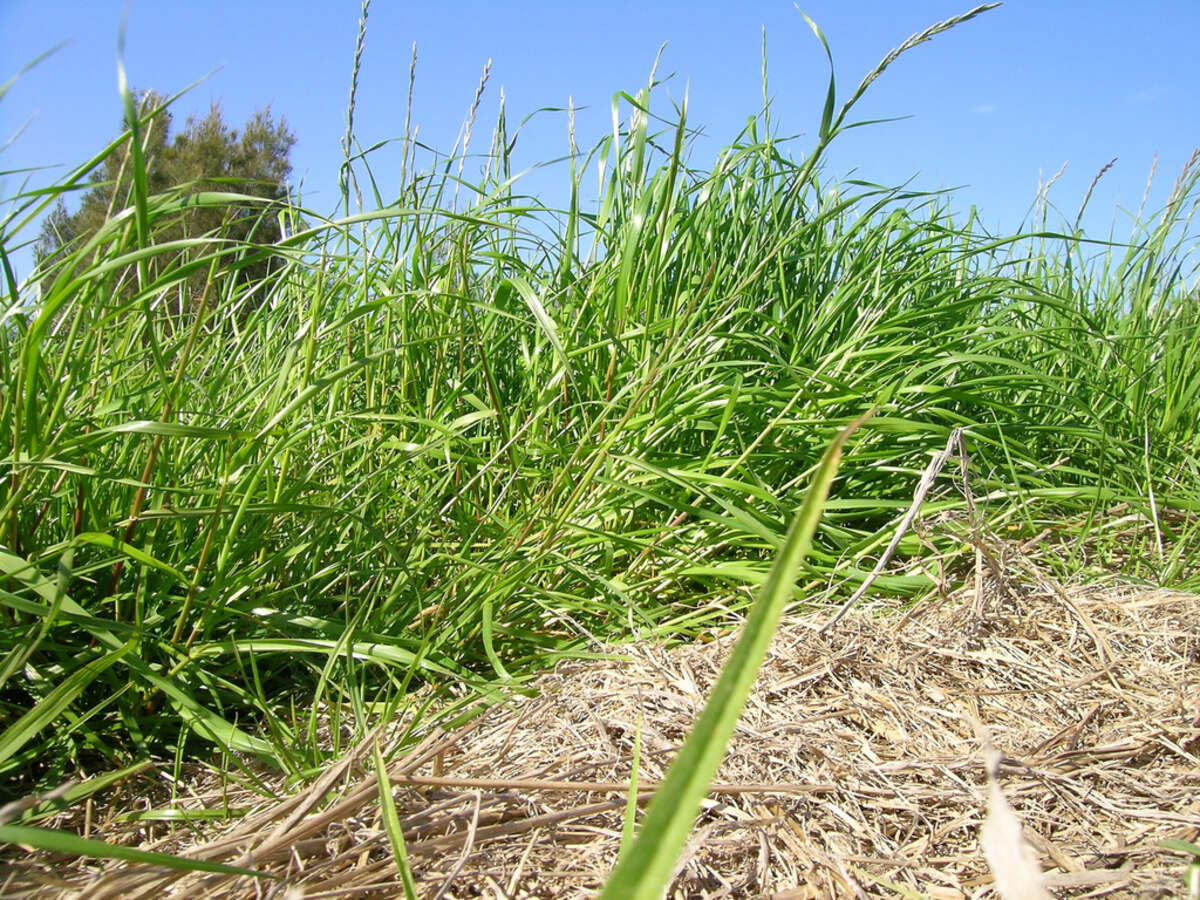


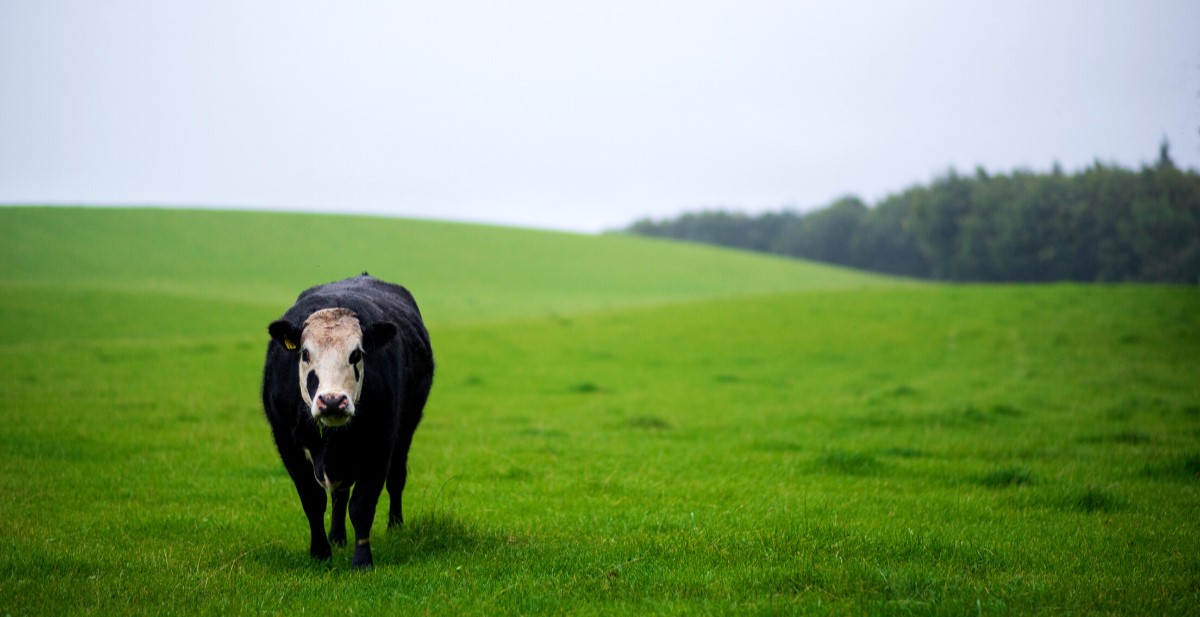

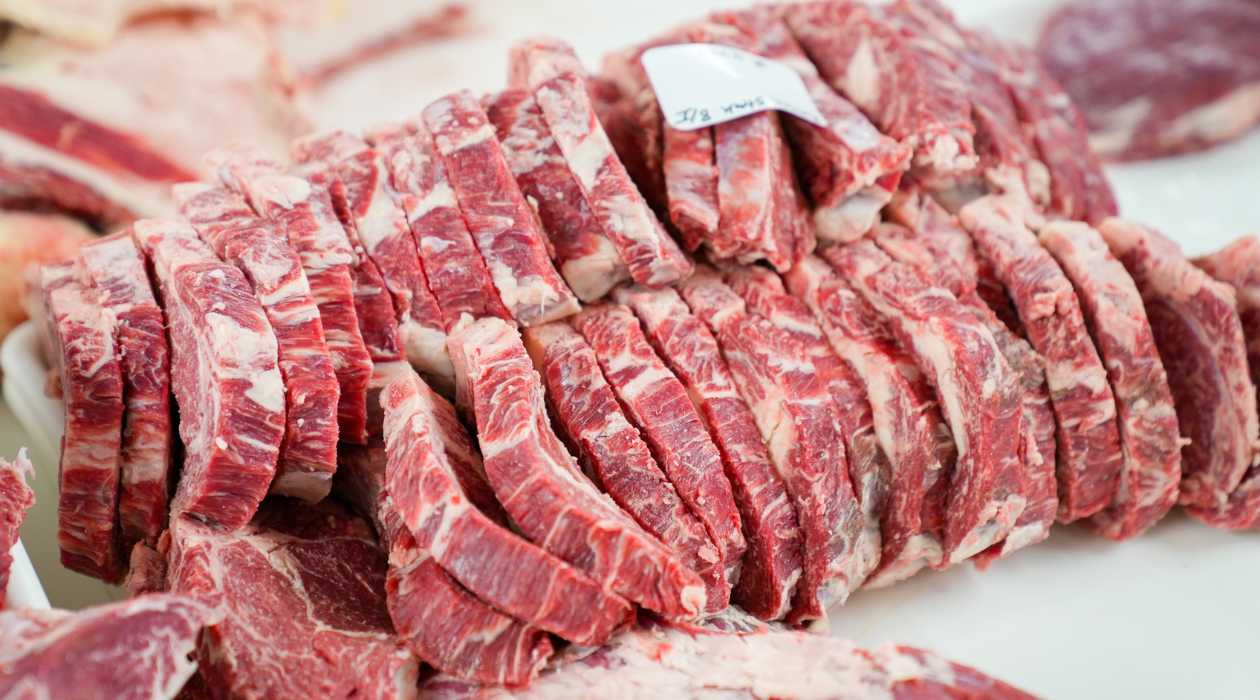
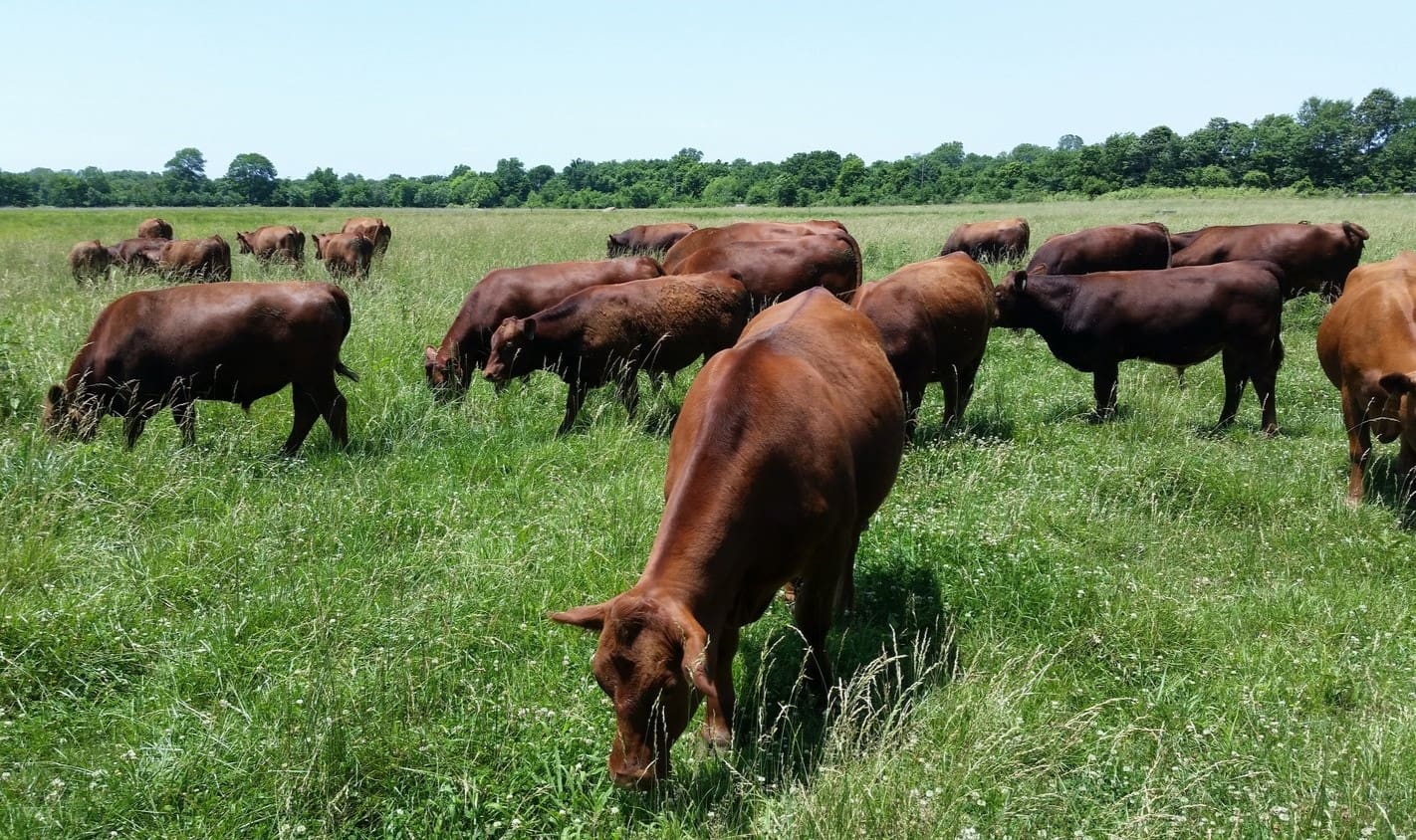

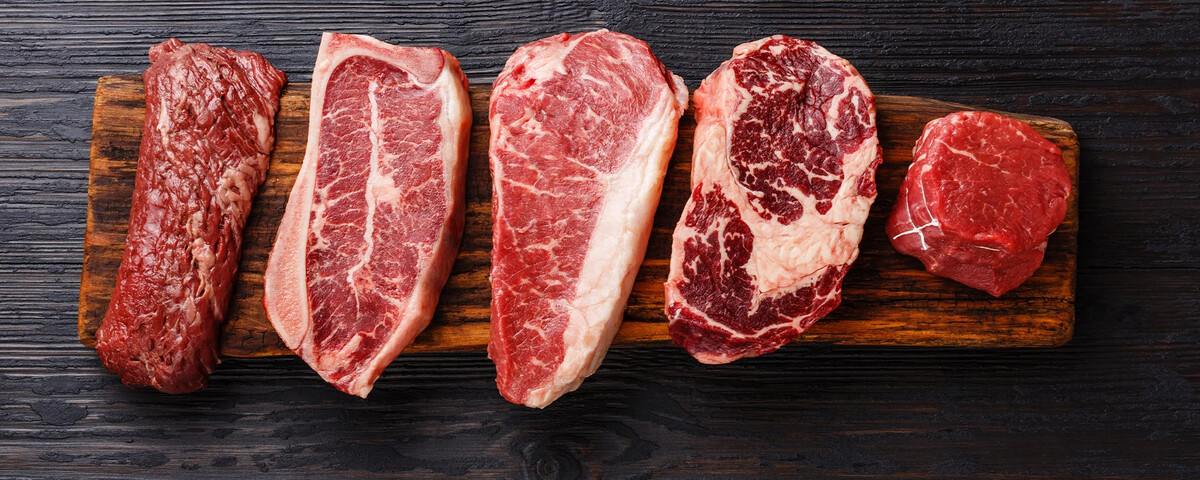
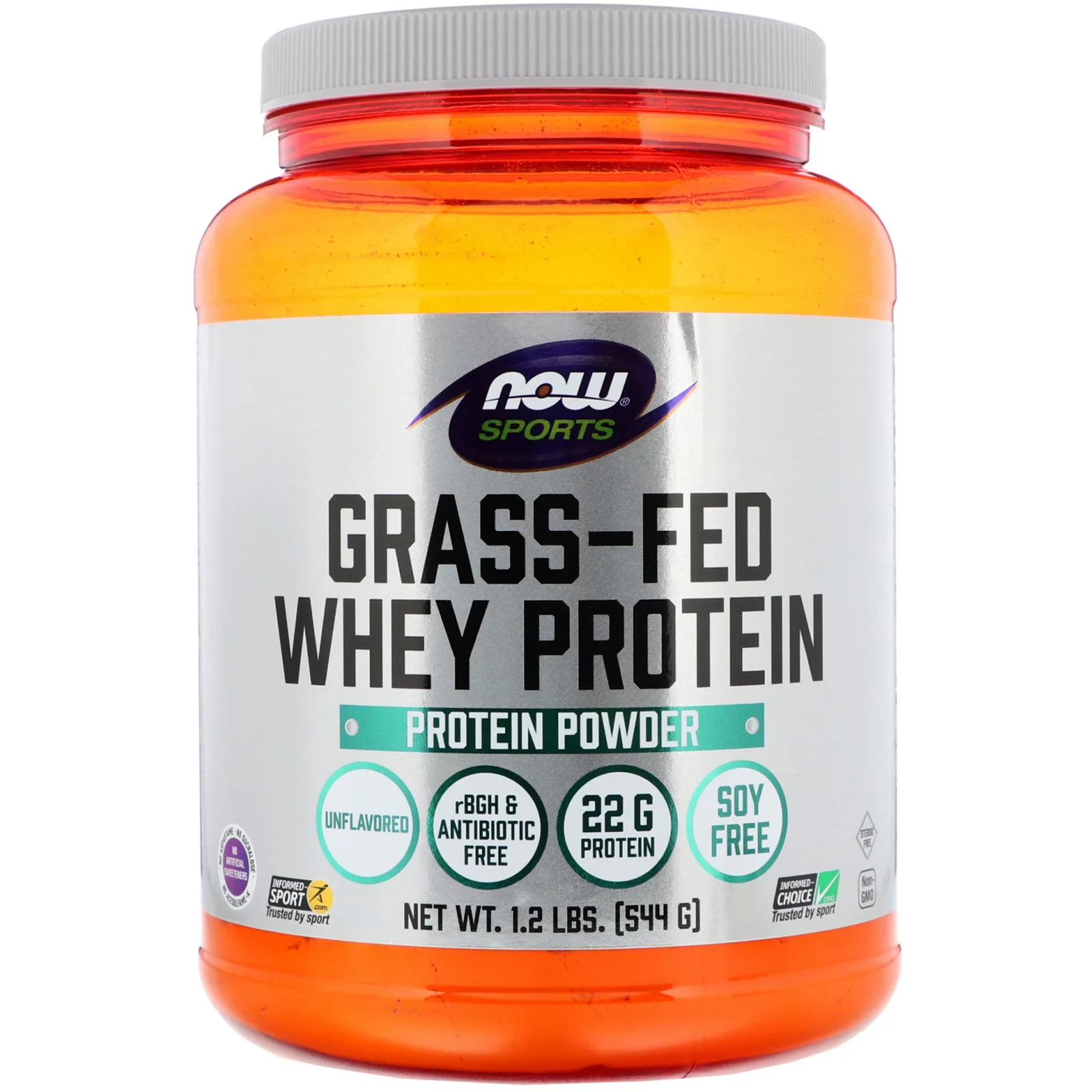
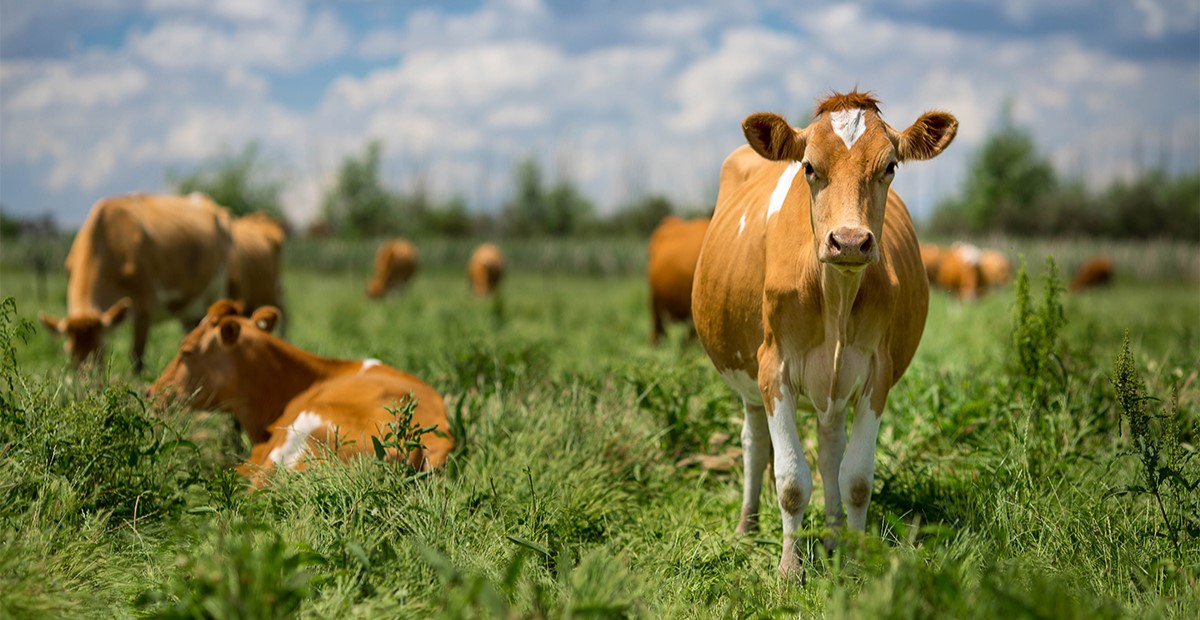
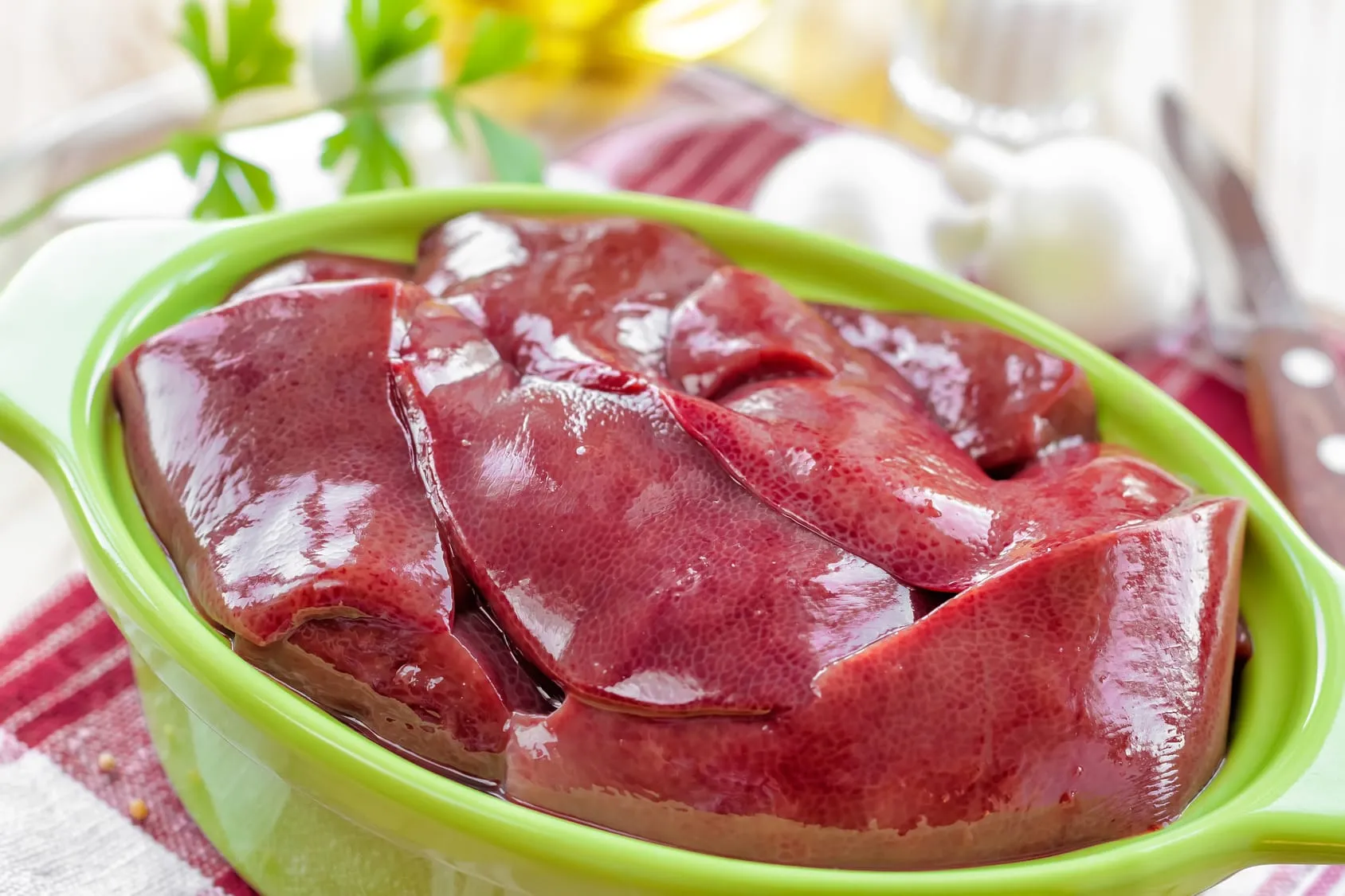


0 thoughts on “What Does Grass-Finished Beef Mean”